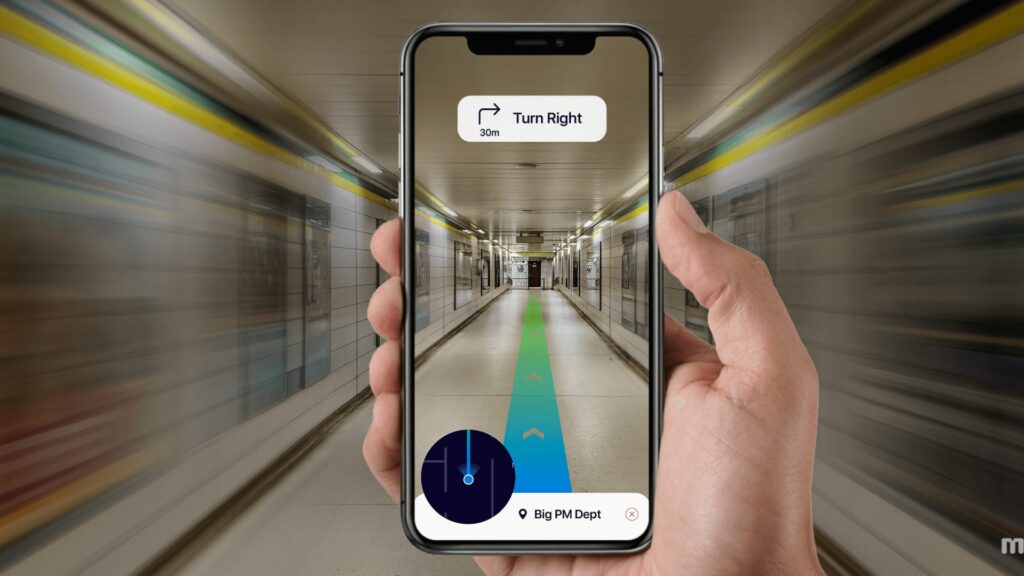Game developers are increasingly turning to augmented reality (AR) to create more immersive video game experiences. AR overlays artificial digital elements onto the real world and can be used on smartphones, tablets, and smart glasses. Examples of popular AR games include Pokémon Go and Ingress. Game developers use various techniques such as marker-based AR, location-based AR, and projection-based AR to enhance the gaming experience. However, developing AR games is complex and requires a deep understanding of computer vision, 3D modeling, and mobile development. Nonetheless, AR is a powerful tool that can add excitement and a unique gaming experience for the user.
Introduction
For years, video games have been a popular form of entertainment. With the advancement of technology, game developers are now able to incorporate augmented reality into their games to create a more immersive experience for the player. In this article, we will explore how game developers utilize augmented reality in their creations.
What is Augmented Reality?
Augmented Reality (AR) is a technology that allows virtual or digital elements to be overlaid onto the real world. It can be used on various devices such as smartphones, tablets, and smart glasses. AR enhances the user’s real-world experience by providing additional information or visual cues.
Examples of Augmented Reality Games
One popular example of an augmented reality game is Pokémon Go. This game utilizes a phone’s camera and GPS to allow players to catch virtual creatures in the real world. Another example is Ingress, a game that requires players to physically visit real-world locations to gain points and achieve objectives.
How Game Developers Use Augmented Reality
Game developers use augmented reality to enhance the gaming experience by providing a more immersive and interactive environment. This can be achieved through various techniques such as:
Marker-based AR
Marker-based AR requires a physical marker to be present for the game to work. The marker is typically a printed image, and the game recognizes it through a camera or a scanning device. This type of AR is commonly used in board games and card-based games.
Location-based AR
Location-based AR uses a device’s GPS and compass to track the player’s location and orientation. This type of AR is commonly used in games that require the player to physically move around the real world, such as Pokémon Go.
Projection-based AR
Projection-based AR projects virtual elements onto real-world surfaces such as walls or floors. This type of AR is commonly used in interactive displays and exhibitions.
Challenges in Developing Augmented Reality Games
Developing augmented reality games can be challenging due to the complexity of the technology involved. It requires a deep understanding of computer vision, 3D modeling, and mobile development. Additionally, the development team must consider several factors such as the user’s physical location and movement, lighting conditions, and device capabilities.
Conclusion
Augmented reality is a powerful tool that game developers can use to create engaging and immersive gaming experiences. By utilizing this technology, developers can add an extra layer of excitement to their games and provide users with a unique and memorable gaming experience. However, developing augmented reality games requires technical expertise and careful consideration of various factors, making it a challenging yet rewarding task.
